Across sprawling ranches, dogs have long been vital partners in the care and movement of horses. Their sharp instincts, tireless energy, and ability to respond to a handler’s cues make them invaluable in managing the unpredictable rhythm of ranch life. These dogs work in many ways, from guiding horses between pastures to providing a steadying presence that helps calm skittish animals.
The breeds most commonly chosen for this work share qualities shaped by generations of herding and guarding. Some excel at covering wide distances, weaving effortlessly around fences and fields, while others stay close to their handlers, offering focus and reliability where it matters most.
Ranchers rely on them not just for their physical skills but for the sense of structure they bring to long, demanding days. These dogs stand as quiet partners to horses and humans alike, supporting every part of the ranch’s daily flow.
Dog Breeds That Help Rescue Horses in Ranches
1. Australian Shepherd
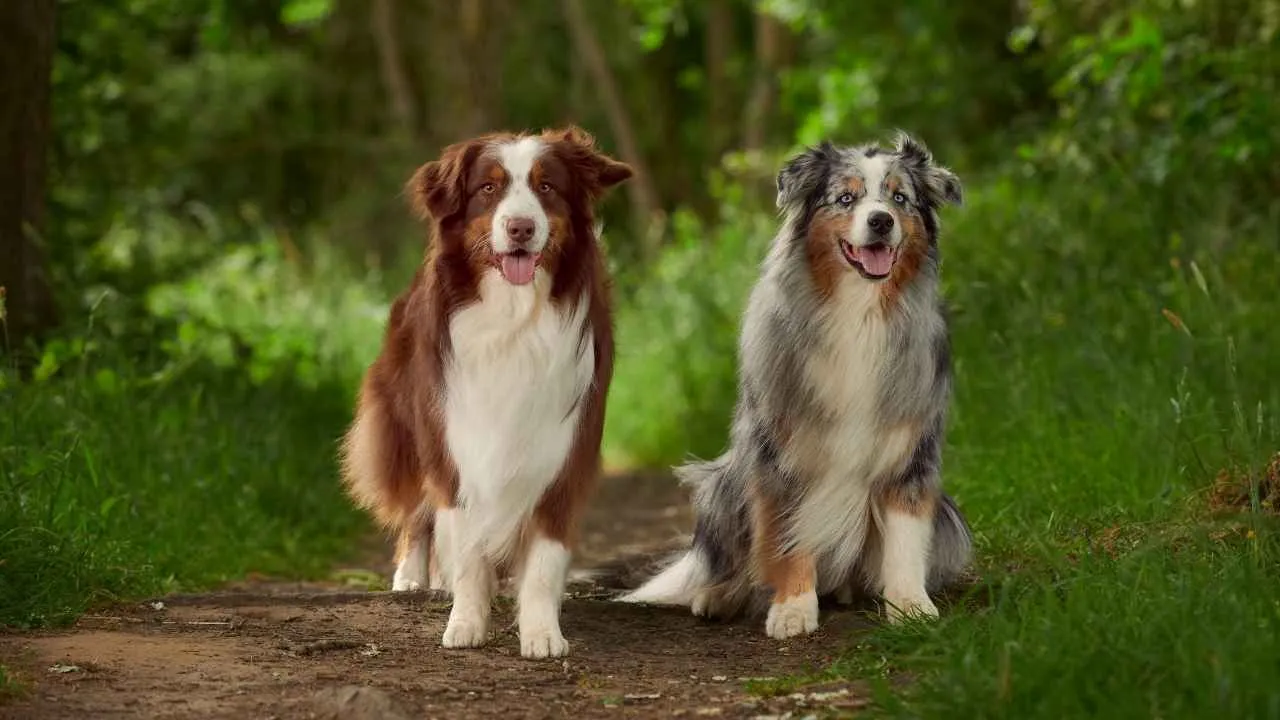
Australian Shepherds were developed in the western United States to assist ranchers with livestock, despite the name suggesting Australian origins. Their history as herding dogs created a breed with quick reflexes, strong instincts, and the stamina needed for long days in the field. These qualities carry over naturally when they work around horses on ranches.
Highly intelligent and eager to engage, Aussies thrive when given tasks that keep their minds busy. They respond well to advanced training and can learn complex cues that allow them to direct horses calmly and effectively.

Their athleticism stands out in open terrain. They have the ability to cover large areas quickly, darting between gates and corrals with focus and precision.
According to the AKC, their medium-length coat protects them from harsh weather and requires brushing to manage seasonal shedding. Many have striking merle patterns that make them instantly recognizable in the pasture.
Australian Shepherds are known for their strong herding instinct, and some may even attempt to “gather” horses on their own unless handlers channel that drive into specific tasks.
Quick Tips
Rotate training tasks to keep them mentally sharp and prevent boredom.
Provide space for them to run daily; they thrive on movement.
Check for burrs and debris in their coats after working in pastures.
2. Border Collie
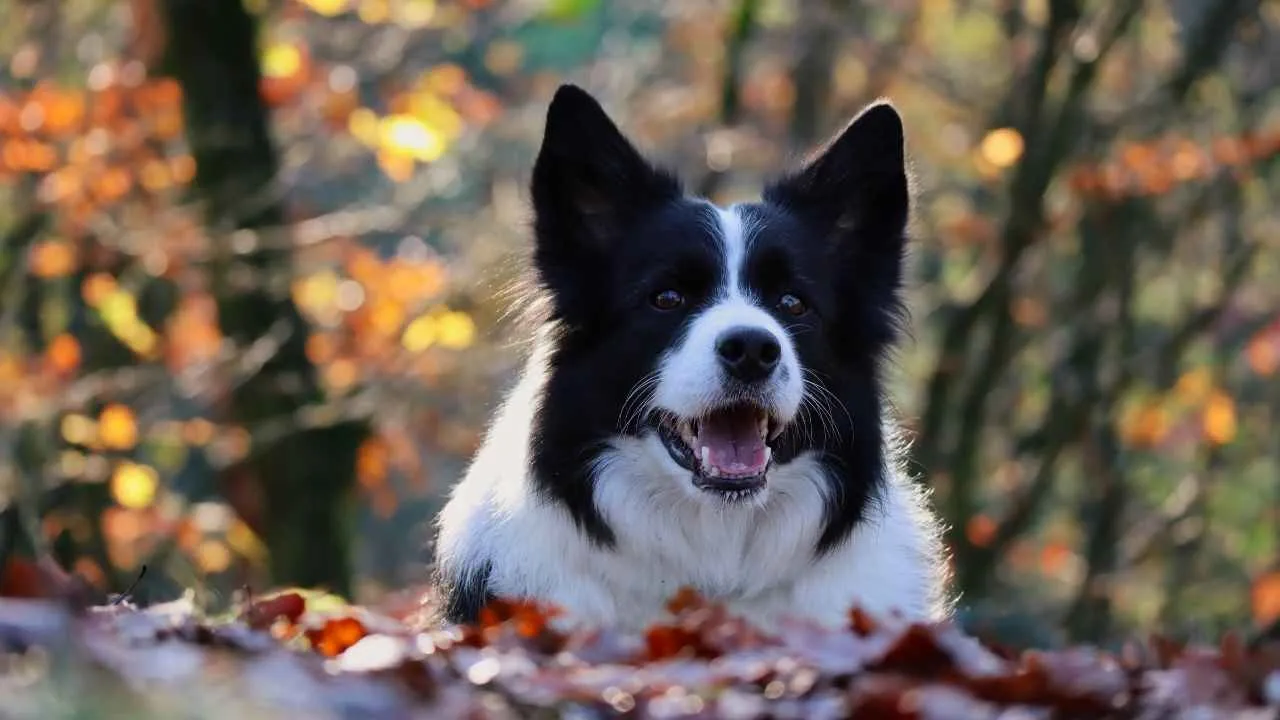
The Border Collie is widely regarded as one of the most skilled working dogs in the world. Originating along the border of England and Scotland, these dogs were bred to herd sheep, and their natural ability to manage animals translates seamlessly to ranch work involving horses.
Border Collies are known for their intense “eye,” the fixed stare they use to control livestock. That focus helps keep horses calm as they guide them with minimal disruption.
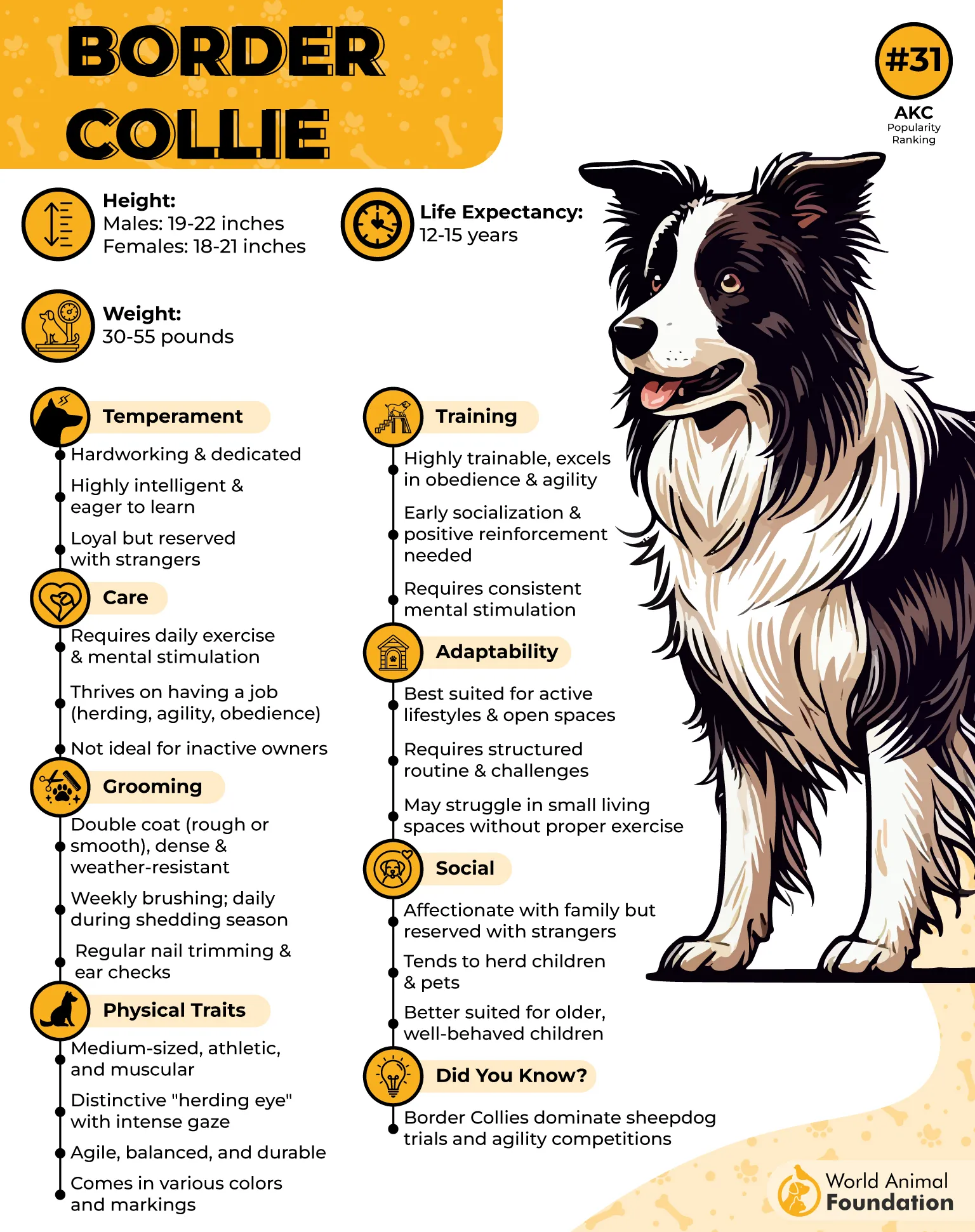
Their intelligence demands more than basic training. They excel when learning intricate commands and thrive on responsibility that challenges both body and mind.
Their coats vary from smooth to rough, offering protection in different climates. Brushing helps manage tangles and keeps them comfortable after long days outdoors.
Some Border Collies possess remarkable problem-solving skills, making them quick to adapt to unexpected situations on the ranch, from a loose gate to a wandering foal.
Quick Tips
Use hand signals as well as voice commands; they respond well to both.
Provide agility exercises to match their mental and physical drive.
Schedule regular coat checks for matting around the ears and tail.
3. Golden Retriever
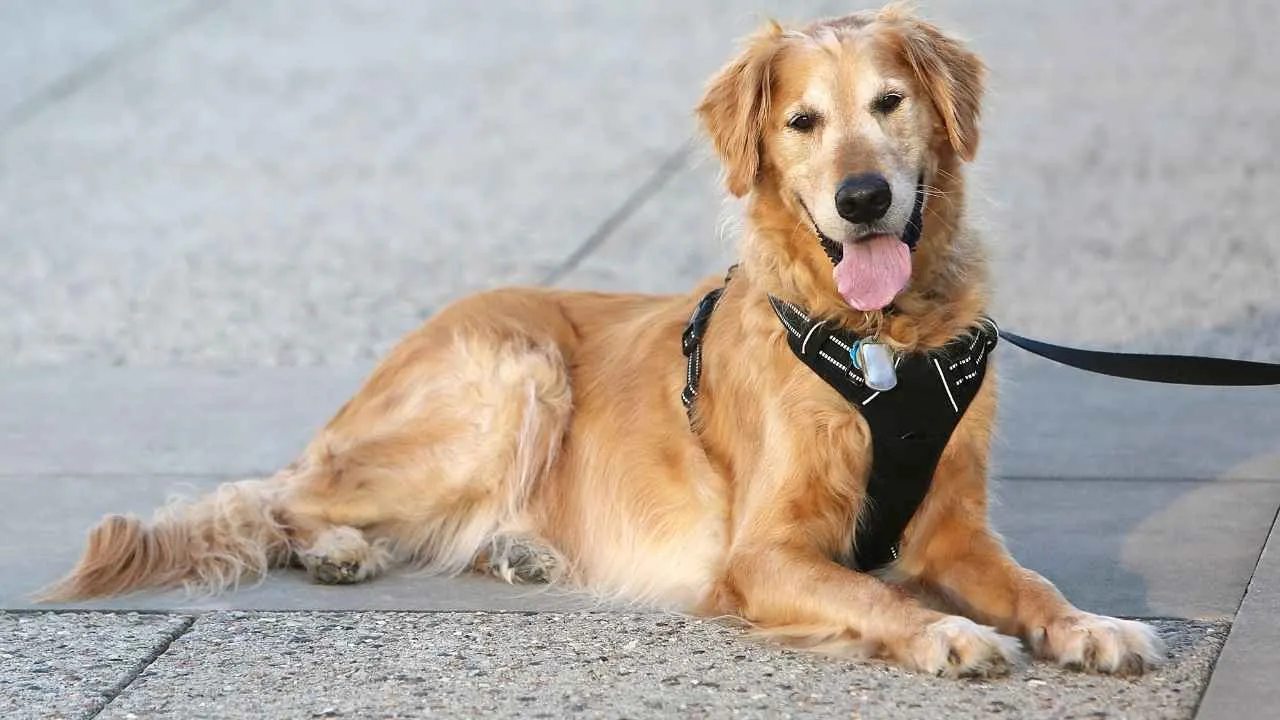
Golden Retrievers were originally bred in Scotland to retrieve game for hunters, but their adaptability has made them useful on ranches as well. Their gentle temperament and willingness to cooperate make them natural companions for horses and humans alike.
They have a calm, steady demeanor that puts nervous animals at ease. This makes them ideal for situations where a soothing presence can prevent spooked horses from reacting badly.

PDSA states that Golden Retrievers are highly trainable, picking up commands quickly and responding eagerly to positive reinforcement. They can be taught to assist with a range of tasks, from carrying light gear to accompanying handlers on long rides.
Their thick double coat protects them from the elements but requires regular brushing to keep shedding under control. Many owners make grooming part of the daily routine after a day’s work outside.
Their retrieving heritage means they enjoy carrying objects, which can be put to good use on ranches by having them fetch ropes, gloves, or other small items when needed.
Quick Tips
Carry a brush on long days—they shed heavily, especially in spring.
Include them in calm, steady tasks—they excel when they can work close to people.
Use praise and treats in training—they thrive on encouragement.
4. Jack Russell Terrier
Jack Russell Terriers were bred in England for fox hunting, prized for their agility and determination in the field. Their compact size and relentless drive made them indispensable for tasks requiring quick reactions and fearless attitudes. On ranches, those same traits make them energetic helpers around horses.
These terriers are known for their boundless energy, often running across pastures without tiring. Their enthusiasm translates into a constant readiness to move and investigate whatever is happening nearby.
Training a Jack Russell requires consistency and creativity. They are quick learners, but their independent streak means they need engaging tasks to keep them focused.
Their short, dense coat is easy to maintain, making them practical for life on dusty or muddy ranch grounds. Occasional brushing helps keep their coat healthy and free of debris.
Many Jack Russells excel at pest control on ranches, naturally chasing away rodents from barns and feed storage areas while staying active around the horses.
Quick Tips
Rotate toys and games to keep their minds and bodies engaged.
Use firm but positive commands; they respond best to clear direction.
Provide secure fencing; their curiosity makes them prone to exploring.
5. German Shepherd
German Shepherds were developed in Germany for herding and protection, combining intelligence with loyalty. Over time, they evolved into versatile working dogs, trusted for roles ranging from police work to search and rescue. Their steady temperament and focus have also made them valuable around horses.
They have strong protective instincts that keep them attentive to their surroundings. On ranches, this watchfulness helps them notice disturbances or strange movements that might affect livestock and horses.
German Shepherds are highly trainable and thrive on structured routines. They excel when learning commands that give them responsibility, from guarding gates to moving alongside riders during long days in the field.
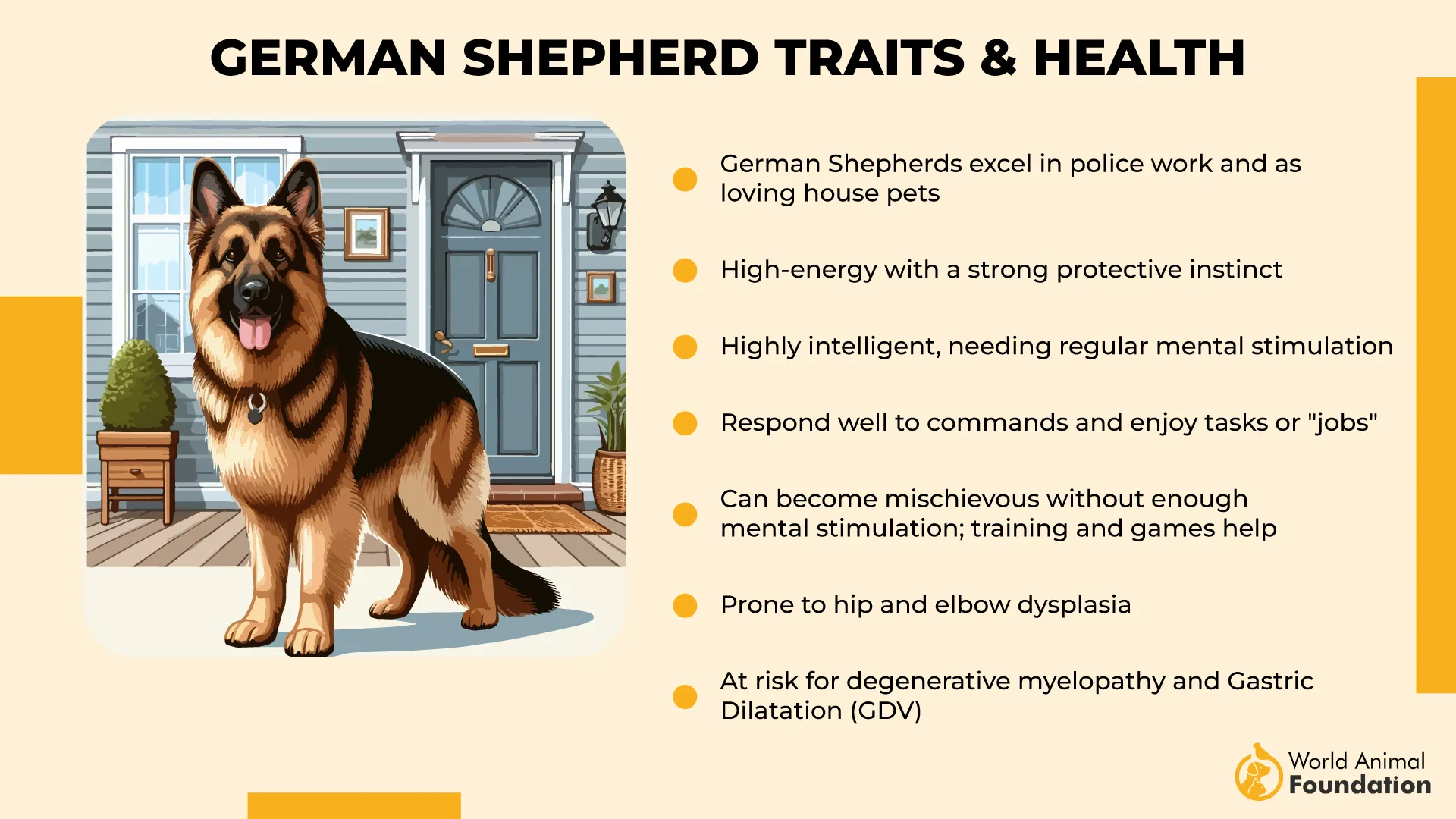
As per Britannica, their double coat sheds heavily, especially in spring and fall. Regular grooming reduces shedding and helps keep them comfortable while working outdoors.
German Shepherds are known for their ability to multitask, balancing guarding duties with quiet companionship, which makes them adaptable to different roles on a ranch.
Quick Tips
Start obedience training early, and they respond quickly to structure.
Brush several times a week to manage seasonal shedding.
Involve them in daily routines; they like to “work” alongside people.
6. Corgi
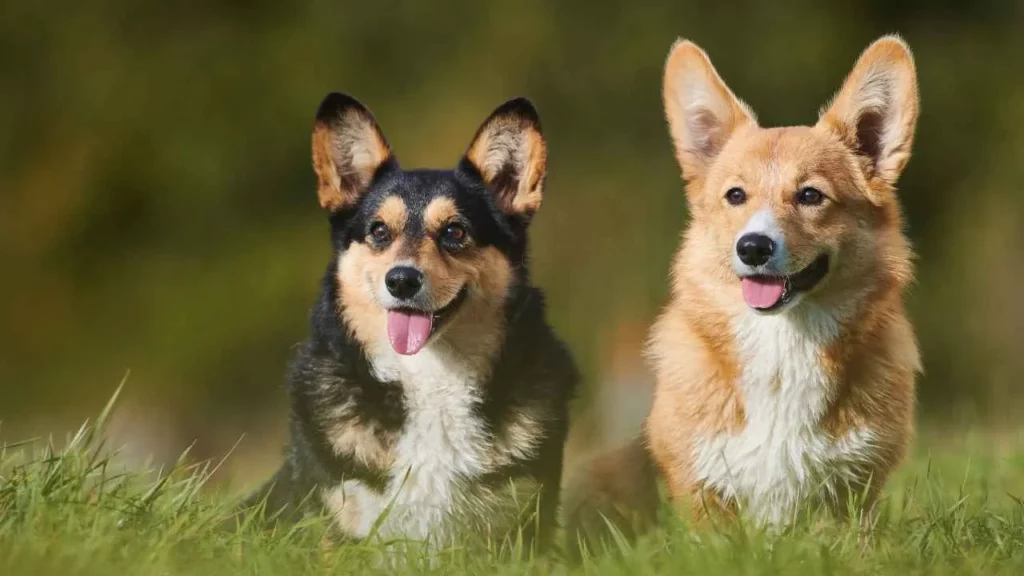
Corgis, particularly the Pembroke Welsh Corgi, were bred in Wales for cattle herding. Their low stature allowed them to nip at the heels of livestock while avoiding kicks, a skill that has translated well to working around horses.
Despite their short legs, Corgis are remarkably fast and agile. They can maneuver through barns and pastures easily, weaving between animals with surprising speed.
These dogs are bright and responsive, eager to pick up on new commands. Their enthusiasm for training makes them easy to direct during ranch work.
Their thick double coats protect them from the elements, though they shed significantly. Regular brushing keeps their coat manageable and helps remove dirt gathered in the field.
Corgis also act as natural alert dogs, barking to signal changes or visitors, which adds another layer of awareness to ranch life.
Quick Tips
Keep them busy; they do best when given steady tasks.
Brush regularly to handle heavy seasonal shedding.
Offer agility exercises; they love to run despite their size.
7. Great Pyrenees
The Great Pyrenees was bred in the mountains between France and Spain to guard flocks. Their calm, imposing presence and protective instincts made them natural livestock guardians, a role they still excel at on ranches with horses.
They have a steady, even temperament that helps them stay composed around nervous animals. Horses respond well to their quiet confidence, which helps maintain calm during busy ranch work.
Training a Great Pyrenees requires patience. They are independent thinkers, shaped by centuries of working without constant human direction, so they respond best to gentle, consistent guidance.
Their thick, weather-resistant coat protects them in all seasons but requires regular grooming. Burrs and dirt can easily get caught in their fur, especially after time spent patrolling pastures.
Great Pyrenees often work through the night, staying alert to predators or disturbances, making them valuable as constant guardians of the ranch environment.
Quick Tips
Provide early socialization to guide their strong guarding instincts.
Check and clean their coat frequently for debris and tangles.
Give them space; they need room to roam and patrol.
Conclusion
Across ranches, many types of dogs share the workload in different ways. Some were bred primarily as herding breeds, moving efficiently to herd cattle and keep animals grouped, while others developed as livestock guardian dogs, using size and presence to guard livestock from predators. A few come from hunting dogs, and their instincts still surface when they race across fields alongside horses.
The ranch environment brings together cattle dogs, farm dogs, and even other breeds that adjust to life around corrals and pastures. On long trail rides, it isn’t unusual to see a mix of intelligent dogs running behind riders, pacing steadily and keeping an eye on the herd.
Some of these breeds are large dogs that stand watch all night, while others are small enough to dart under fences, yet each contributes in its own way. They remain great companions, fiercely protective when needed, and from puppy to seasoned worker, they grow into the kind of great farm dog that defines daily life on a ranch.


